|
John Schellinger and Joseph Pabst depicted in John and Joe, 2019 from New Domesticity by Lois Bielefeld and Portrait Society Gallery. Image courtesy of the artist, all rights reserved. Recently, Milwaukee collector and activist Joseph Pabst graciously spoke with us about his remarkable collection. The great-great grandson of Captain Frederick Pabst, Joseph Pabst has a background in art history and design and has been collecting art and objects since he was a child. What do you collect and why? I collect paintings, photos, antique cabinet cards, illustrations, works on paper, paperweights, and more, both contemporary and antique. I collect because of Desire, a never-ending hunger to constantly look and appreciate and wonder. Trash and treasure both have merit. Something inexpensive can have great value in terms of beauty and importance. I am drawn to a bohemian aesthetic and it influences the way I collect. Objects that spark a memory, commemorate an event, or define a sense of beauty are also of interest to me. Recently, after a trip to Oaxaca and discovering the work of the late Mexican artist Francisco Toledo and what he did for Oaxaca, I wanted something he touched or made. I found a piece a few weeks after I returned home at auction. The results of his good work in his community sparked a desire in me. He was a driving force that changed the cultural landscape of Oaxaca. The piece I purchased is a reminder of his beautiful life, what he did for the people. One example is the Institute of Graphic Arts Oaxaca which includes a center for photography and as well as other art forms. Wherever your finances may fall, collecting things at different levels will help build an interesting collection. I save for higher priced pieces but also love to collect Victorian cabinet cards which are usually just a couple of dollars and very accessible. Most antique malls have them. I enjoy the sense of history and the graphics are always beautiful. One day after going through a pile of hundreds, I caught the bug and bought ten. A sample of Victorian Cabinet Cards shown in Between Portrait and Other at Woodland Pattern in 2016. Image courtesy of Woodland Pattern Book Center and Portrait Society Gallery, all rights reserved. There are now about 3000 in my collection, which is significantly male dominated. Identifying as a gay man was part of it. Who were these men? Were any identifying as gay and not living openly? What was life like? Privilege and success, opulent versus worn shoes and collars. Everyone wore their best. I can find one at any time which satisfies my urge to collect. I previously displayed my collection floor to ceiling on special rails and they served as a “tapestry” backdrop for other pieces in my collection. In 2016, they were featured in an exhibition at Woodland Pattern Book Center that was curated by Deb Brehmer, owner of the Portrait Society Gallery. It is wonderful when some other person wants work from the collection for something. It is a delight to share and educate. Joseph Pabst and David Wells of Edgewood College Gallery viewing Between Portrait and Other at Woodland Pattern in 2016. Image courtesy of Woodland Pattern Book Center and Portrait Society Gallery, all rights reserved. When my home renovations are complete, the cabinet cards will be on display again in a specially designed room with an 1880’s Frederic Remington illustration that I recently purchased. The cards and illustration are from the same era. Frederic Remington, An Early Morning Bath (A Curious Custom in Mexico), ink and wash heightened with white on paperboard, 1893 When and how did you get started? I love this question. It may be genetic for some people. There are born collectors. Evidenced based studies suggest gay men were the keepers of history. Have you seen the Will Fellows book, A Passion to Preserve: Gay Men as Keepers of History? My passion for collecting was fostered by my family, especially my grandmother, paternal aunt, father, and great grandmother. I appreciated beauty at an early age. My mother was very self-controlled and curated – she did not have a passion for junk. I appreciated the collections of others, including my grandmother who collected bohemian glass and overlay glass, much of which was gifted to the Milwaukee Public Museum. My mother and great grandmother Ilma Vogel Uihlein always had a few Baccarat paperweights on their desks. I was encouraged to pick things up, if I exercised care and caution. As a 7-year-old, I felt I was looking at “magic” suspended in glass. Father collected beautiful shotguns including two from Purdey in London. My paternal grandfather collected rare books, French bronzes-mostly dogs by PJ Mene. He loved dogs, and had a John Martin Tracy painting of pointers which had belonged to his father. I have since given it to the Pabst Mansion along with a letter by Captain Frederick Pabst and a folio turner. When I was 10, there was a famous paperweight dealer named Larry Selman in Santa Cruz, CA. I traveled there with my father. Leo Kaplan, a respected paperweight dealer in New York may have suggested that we make the visit. I fell in love with a faceted Clichy paperweight that I still have. It was $600. I told Mr. Selman, “I really want it. All I have is $50 right now.” He replied, “If you promise to send me at least $50 each year I will sell it and allow you take it with you.” I still treasure that paperweight and have it with those I inherited from my great grandmother, mother and numerous ones I have purchased. Father had a true appreciation for beauty, both naturally occurring and created by human hands. He loved gemology and the intricacy of jewelry. On a trip to New York, we were walking down 5th Ave and stopped at Harry Winston. My father knew Don Carnivale, a sales executive and vice president of Harry Winston, so we saw a number of beautiful pieces. After our tour, I asked, “Is there anything else you can show me?” We were escorted to a room where gems met their settings. We saw a bracelet with emeralds as large as postage stamps. It was sheer beauty and felt like an adventure. It is a special memory. I have an Andre Lanskoy painting because my grandmother had three which I did not inherit but always loved. An Andre Lanskoy painting in the collection of Joseph Pabst My aunt had a large Bernard Buffet of sunflowers and this made me want a Buffet too. Nostalgia is a factor. For me, there is no strong investment component as with some collectors. I never intend to sell when I make a purchase but I have downsized in order to make room for different purchases. A Bernard Buffet work on paper hanging in Joseph Pabst’s home Bernard Buffet’s early life was spent with Pierre Bergé. This is interesting because Buffet went on to marry and adopt children. Bergé, of course enjoyed a long relationship with Yves Saint Laurent and they were prolific collectors. Have you seen Richard Renaldi’s series “Touching Strangers?” There is something compelling about seeing two unknown people touching. It is similar to how an object and a collector can end up together through chance and circumstance. Another early favorite are my Audubon Octavo edition chromolithographs made in a smaller size than the original, thus much less expensive. Great grandfather Joseph Uihlein had purchased two complete Double Elephant Folios. Many were gifted to the Milwaukee Public Library and the others were distributed among family and friends. I am fortunate to have two double elephant folio prints, Artic Birds and a beautiful Louisiana Heron. How do you safely display, care, and/or store your collection? I try very hard to keep my pieces protected from direct sunlight. My current residence has extensive east facing windows. When I purchased the space, I gutted it with the intention to have a vast open interior. I quickly realized I needed walls so designed the space with precision to display art including fragile things like works on paper and photographs. I always use UV plexiglass and have UV rated tinted windows. I have a few paperweights out but most are in beautifully made vitrines. I have also benefited from Guardian by having another safe place to nicely store things. Some of my collection will live at Guardian and I will occasionally rotate things out. I was happy to see the Guardian building pre-COVID and the magical, high-tech thought behind its design. What has been most challenging for you in developing your collection? Focus is always challenging because I see so many things that strike me. Space and budget are issues too. Prices have risen significantly in the last 25 years for the very best items, so I have adjusted accordingly. I came to realize that while I collected Audubon because they are familiar, I also needed to develop my own taste over inherited taste. Familiarity was a start, and the cabinet cards were a new direction. It is important for collectors to separate their taste from peers and family. People move in packs and “rages” are started. We should be careful and welcome our individuality to shine through. Less popular items are more available. Do you have advice for new collectors? Look at everything. Study in whatever form that takes. Explore your motivation. Why do you want to collect? Are you filling a house for the sake of it? Inanimate objects should be allowed to have a soul too. Seek what touches you, for beauty, memory, or whatever reason. Don’t be deterred by the judgement of others. Just because something is inexpensive does not necessarily mean it is not important. I will periodically examine 100 cabinet cards at a time, and it gives me such pleasure. Collect at all levels for maximum pleasure. If you find yourself stuck in a small town without the best galleries, give the little antiques shops a chance. When I make a new purchase, sometimes I know exactly where it will go, but not always. The Toledo I purchased was appropriately framed in simple maple. I had it reframed in an elaborate rococo frame for the juxtaposition and stylistic collision. By doing this, I am trying to put my own stamp on the memory. How things relate to each other is interesting, like a layered visual tapestry. Go to a museum for an academic setting. The Layton Art Collection salon style installation at the Milwaukee Art Museum is a nod to history and a period of art. With interesting juxtapositions, one sees something, a relationship between the pieces. Have you seen Lois Bielefeld’s Bed series? She photographed me and I find it a haunting image. She captured the truth so accurately. J Shimon and J Lindemann also photographed me. The methodology they utilized was fascinating. I donated the platinum prints to the Museum of Wisconsin Art and the Milwaukee Art Museum. Jim Goldberg a Magnum photographer, also photographed me. I gave the original to the Milwaukee Art Museum but kept the part that peeled off the polaroid and framed it. The experience of having a world-famous photographer shoot my portrait was incredible. Experiences allow you to find others with similar passions and build new relationships. Please share a photo of a favorite item from your collection. I cannot pick just one, but here is one I care about very much. Colombe Azuree de Bengale, a gouache on vellum by 19th century artist Pauline de Courcelles-Knip When another collector takes an interest in this passion, I feel grateful.
~Joseph Pabst, July 2020 A frame in progress in Sarah Beckett's framing studio located in Milwaukee's Historic Third Ward We recently sat down with Sarah Beckett of SB Framing Gallery to ask about her role in helping to protect and display her clients’ artwork. Becket is a Certified Master Picture Framer and a member of The Professional Picture Framers Association with over 23 years of experience. Her retail shop and framing studio in Milwaukee’s Historic Third Ward has long been a reliable resource for galleries, collectors, corporations, and other art lovers in need of archival framing and other specialized framing services. What are the criteria for earning the designation Master Picture Framer? To become a Master Certified Picture Framer with the PPFA (Professional Picture Framers Association) a framer must have been a Certified Picture Framer (CPF) for at least 5 years. The criteria for CPF is a 4-hour multiple choice exam regarding math, technique, definitions, and knowledge of artwork material and handling. To become a Master Certified Picture Framer, a framer must provide four fully framed projects: textile, paper, canvas and object. Those pieces are then disassembled and critiqued. The last practicum is framing an unknown object in an unfamiliar frame shop with an hour and a half time limit, then having the piece critiqued by two Master Certified Framers. Once certified, a framer must continue their education with at least five approved classes as well as an evaluation every five years to keep their certification. Beckett has won numerous awards over the years at the PPFA conferences What are some of the more common problems you deal with in terms of artwork being framed improperly? When reframing a project, many techniques have changed over time and the client should be informed of a proper framing package. Glazing should be at least 99 % UV protective, space between glazing and artwork should be at least 1/4”, mat board quality should be of cotton rag archival quality, hinges should be water or alcohol based and not pressure sensitive, making any mounting reversible, backing and filler should be of non-reactive material like Coroplast or Dibond, and hanging hardware should be a two point system or wire at 60% angle. Recommended guidelines for matting and framing from the Library of Congress How does improper framing affect the condition of original artwork? One of the largest issues I see with original artwork is acid burn from improper materials and hinging. Only conservators can help with that issue. Fading, especially artwork in red tones, is another issue due to no Ultra Violet light protection. Improper size of material to frame causes artwork to cockle, or wrinkle, which causes issues to paper as well as the art media. Framing with archival materials will halt the spread of acid burn, as shown above Why is investing in high quality framing worthwhile? A framing client should look at archival custom framing similar to purchasing custom furniture. The client is investing in a best fit for the artwork which will also, with the correct material, outlast your lifetime and be able to be handed down for generations to come. Does UV glass really protect artwork? Even in strong sunlight? Think of Ultra Violet protectant glazing similar to sunscreen on the body. It can only protect up to 99 %. If you have a piece that is extremely valuable it should be hung in an area that receives limited amount of sunlight, or use curtains on the piece to restrict light. It is not widely understood that pollution, fluorescent lighting, and chemicals in carpet, and strong environmental changes can also cause fading in certain art media. Upgrading from regular glazing to UV protectant is very minimal in price yet valuable in protecting your artwork. How do you decide what type of hardware to use for safe installation? Both size and weight are considered when hanging hardware. Usually pieces over 24 x 36 inches should not be fitted with wire. Ideally, larger work should be hung by a two-point system like D Rings or Wallbuddies. This is also preferred for thin horizontal pieces. Very large and heavy pieces should be hung with French Cleats. This system distributes weight onto the hanging system versus the frame moulding and mitre joints. Hanging large works from D Rings is one of the recommended methods over using wire. What is one of the most challenging projects you have worked on? I framed an object that needed to be hermetically sealed due to the piece being created out of prophylactics. It needed to be correctly formed so it would sit upright with no hinges or attachments, be seen through both sides, be 8 inches deep and be able to hang from the ceiling. What advice do you have for collectors, especially those just starting out? First and foremost, collect for the love of the object or artwork, not for its potential value. The more damage the piece has, the more money will be spent in conserving the piece first before displaying it. If storing because of lack of space to display, keep in environmentally stable storage, out of sunlight. Lastly, spend money on correctly displaying the pieces. It doesn’t have to be spent all at once, but take the time and invest in your collection. Original photograph by Eddee Daniel, framed by SB Framing with archival matting and backing, UV glass, and custom welded frame with corner rivets. All artwork copywright of the artist. All rights reserved. #ArchivalFraming #BestFramingPractices #PreserveYourCollection #KeepArtSafe #SBFramingGallery
Oil Painting by Ambrosius Bosschaert the Elder from the collection of the Mauritshuis, The Hague Caring for oil paintings to ensure lasting preservation begins with the room where the work of art is hanging. Basic preventative measures to avoid poor environmental conditions include:
If you are rearranging rooms or moving, be sure you are properly handling your furniture. As with all objects, the greatest chance of damage comes when an item is being moved. Where nitrile gloves to protect the finish surface from oils in your hands. Furniture should never be pulled, pushed, or dragged, as this can strain joints and cause breaks. Be sure there is a clear path to the item’s new location. Using a cart or flatbed with pads and blankets helps protect against the potential for damage. When in transit, secure furniture with padded soft cords that are not over-tightened and avoid rolling over bumpy surfaces.
Don’t pick up chairs by the back or by arms; lift them by under the seat with the other hand supporting the back. Use discretion with large pieces of furniture and have two people lift from either side if one individual cannot safely lift the piece without potentially damaging it. Furniture with component pieces should be disassembled and moved separately to reduce unpredictable weight distribution. Any moveable component that cannot be disassembled from a piece of furniture should be safely secured. Marble and glass tops have a considerable amount of horizontal weight and should be carried vertically to avoid cracking or splitting. If you need help moving an object or collection to a new location, please contact Guardian. Whether moving a piece within your home or across the country, our trained art handlers use museum best practices to move art and objects safely. #artcollection, #artcollecting, #bestartstorage, #preserveart, #artstoragetips, #Protectart, #keepartsafe, #safestorage, #secureyourcollection, #guardianfineart, #furniture, #moving Books have been stored on shelves in libraries and homes for centuries. Unfortunately, oftentimes, the material of the shelves can cause harm. There are steps you can take to ensure your library is stored in ideal conditions. Start with the room: good air circulation and a constant temperature of 70°F and 50% relative humidity are ideal. Avoid letting in natural light as much as possible and use LED lamps, not incandescent or compact fluorescent for illumination.
The material of the shelving should be carefully considered. Traditional materials such as wood, even with sealing, may never stop off-gassing of harmful substances. Certain sealants can also produce off-gassing, making the problem worse. Powder coated steel, if properly cured is a better choice for book shelving, but anodized aluminum is considered the first choice of many conservators and collectors. Chrome-plated steel shelving with shelves made of chrome-plated steel wire works for books housed in archival in boxes. Keep books stored vertically and loosely supported by neighboring books. Packing books in tightly will cause stress on covers and bindings when the books are removed. Leaning books on one another at an angle also causes undue stress. Books that are too tall to be stored upright can be laid horizontally, in stacks of three or less with polyester felt placed in between to avoid friction. Keep an inch or more of shelving in front of the books. Check the bare area of the shelf regularly for dust and signs of pests. Important and delicate books will require special safeguarding such as archival covers or boxes. If you are not certain that your books are stored properly, contact Guardian for assistance. We offer sound scientific advice for ideal storage – whether in our secure storage facility or in your home, institution, or business. The environment in which objects exist is the most important detail to consider when caring for a collection. No single environmental condition will be ideal for all collections, but understanding different types of deterioration that can occur under poor environmental conditions is an important step in preventative care. Objects can deteriorate chemically, biologically, and mechanically.
#artcollection, #artcollecting, #bestartstorage, #preserveart, #artstoragetips, #protectart, #keepartsafe, #secureyourcollection, #guardianfineart, #archivalmaterials, #preventativecare #wisconsinartstorage As you think about the best ways to protect your personal collection - whether it be paintings, photographs, or sculptures - the storage area itself should be a foundational consideration.
If possible, select a storage space for your collection that is neither at the top of the building nor below grade, this will help with temperature and humidity control. Additionally, selected storage areas should ideally not have mechanical systems running through them, nor should there be windows. We understand that these criteria are often hard to meet at private residences, but Guardian Fine Art Services offers storage areas that meet the highest standards of object storage. Guardian has no minimums. Securely store one item in our Managed Storage area or an entire collection in a Private Vault. If you have questions or need a safe place to store your collection, please email [email protected]. We are here to help! #artcollection, #artcollecting, #bestartstorage, #preserveart, #artstoragetips, #protectart, #keepartsafe, #safestorageforinstruments, #secureyourcollection, #guardianfineart, #archivalmaterials The condition of a book can be preserved by taking basic preventive measures. Books, like all collectibles are susceptible to damage due to environmental conditions. Over time, light, temperature, and humidity are the biggest factors. Protect books from exposure to natural and artificial light - especially compact fluorescent. Keep the lights off and shades or curtains drawn in your library when it is not in use. Fixtures with LED lamps are the safest option for illumination.
Don’t store books in areas that are susceptible to temperature fluctuation. Avoid shelves next to fireplaces and radiators and on outside facing walls. As is true for many collectibles, 50 percent relative humidity and 70 degrees Fahrenheit is recommended by the AIC and AAM. Use of fans, de-humidifiers, humidifiers, and air conditioners can help you add or remove moisture and regulate temperature. If you are considering climate-controlled storage for your books, fine art, antiques, or other collectibles, be sure to ask about environmental and security monitoring. Guardian’s storage maintains strict environmental and security controls with 24/7 monitoring. #preserveart #bestartstorage #safelystorebooks #librarystorage #bookstorage #collectionstorage #howtostore To keep ceramic and glass sculptures safe, display them in dust proof glass cases or acrylic vitrines if possible. Be sure the surface is clean, level and stable. Be aware of vibrations caused by traffic, trains, and building equipment. Over time, constant vibrations can cause movement and damage the object. Some preparators use museum wax to stabilize objects, but only do this after checking with a conservator. The wax may be difficult to remove from certain objects. In extreme cases, such as in earthquake zones, earthquake resistant mounts can be constructed to help safeguard precious objects.
If you do not have enough room for display, and need to keep art objects in storage, be sure to use archival materials. Carefully wrap objects in archival lingnin-free tissue and place in sturdy, acid-free boxes with plenty of archival padding. Never wrap items in newspaper as the inks can cause staining and the paper itself will off-gas. If you need assistance with custom display mounts (including earthquake resistant mounts) or advice on museum best practices to store your collection, please contact us at [email protected]. We are here to help. #protectyourcollection #bestartstorage #safelydisplayceramics #preserveart #custommounts #museumqualitymounts #collectionscare photo credit: Robb Quinn Photographic materials are common in personal collections and also highly susceptible to damage in poor storage conditions. Fluctuations in temperature, relative humidity, and light levels can all lead to physical and chemical deterioration of photographs and photographic materials. Similar to paper documents, photographs should be stored in buffered archival folders, separated by like materials in a climate controlled room. Unstable or highly combustible materials, such as silver nitrate negatives, should be stored carefully and in isolation from other collections. It is also important to store prints separate from negatives to protect against the potential of complete loss during a disaster and to protect against chemical deterioration from off-gassing.
If you have questions about the condition of your photographic materials or need a safe place to store them, please email [email protected]. We are here to help! #artcollection #artcollecting #bestartstorage #preserveart #artstoragetips #protectart, #keepartsafe #secureyourcollection #guardianfineart #archivalmaterials #archivalphotographstorage |

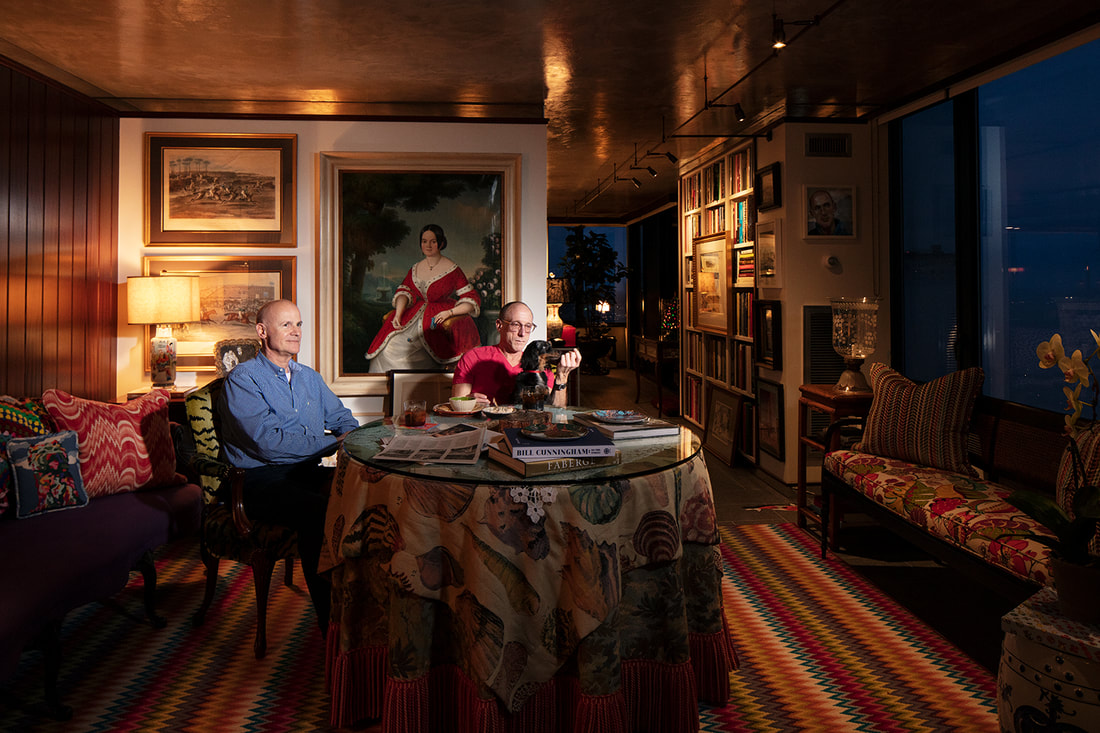
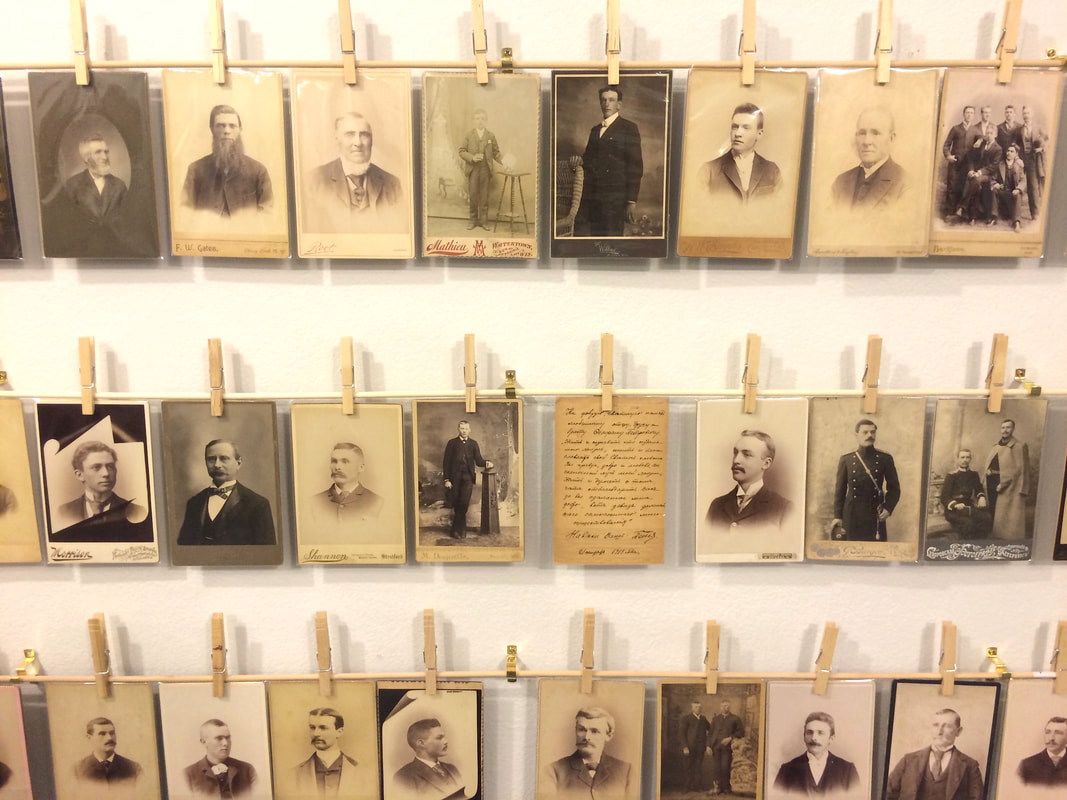
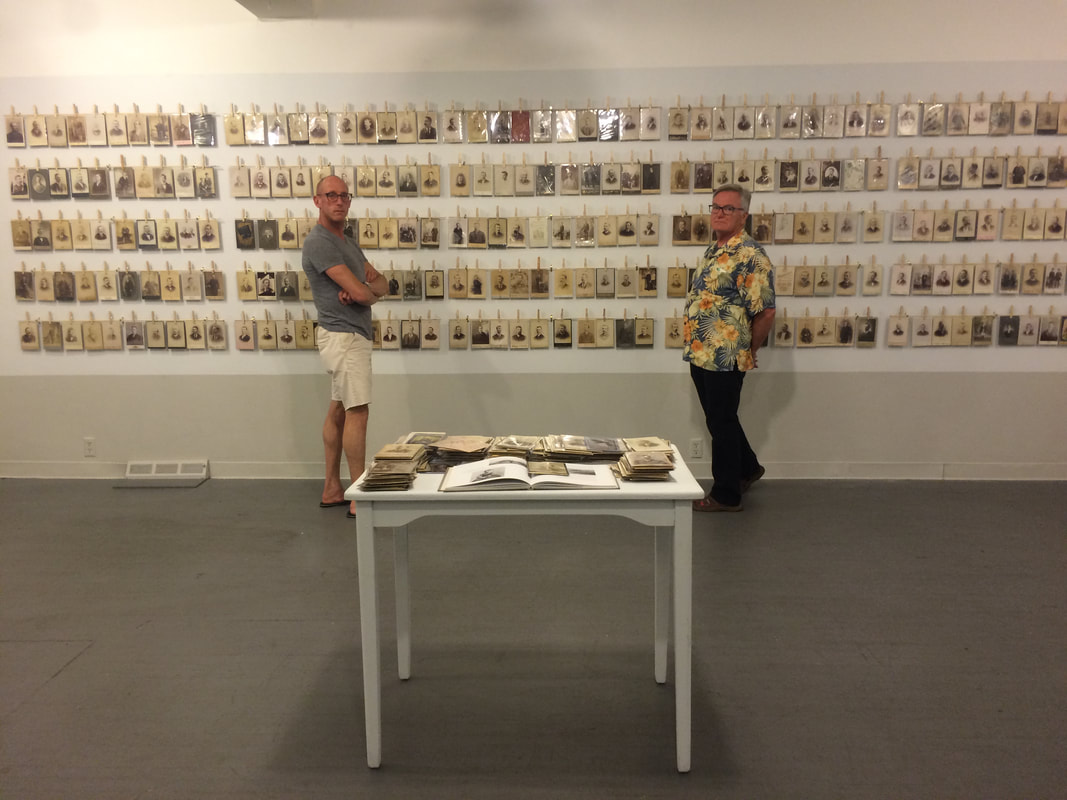
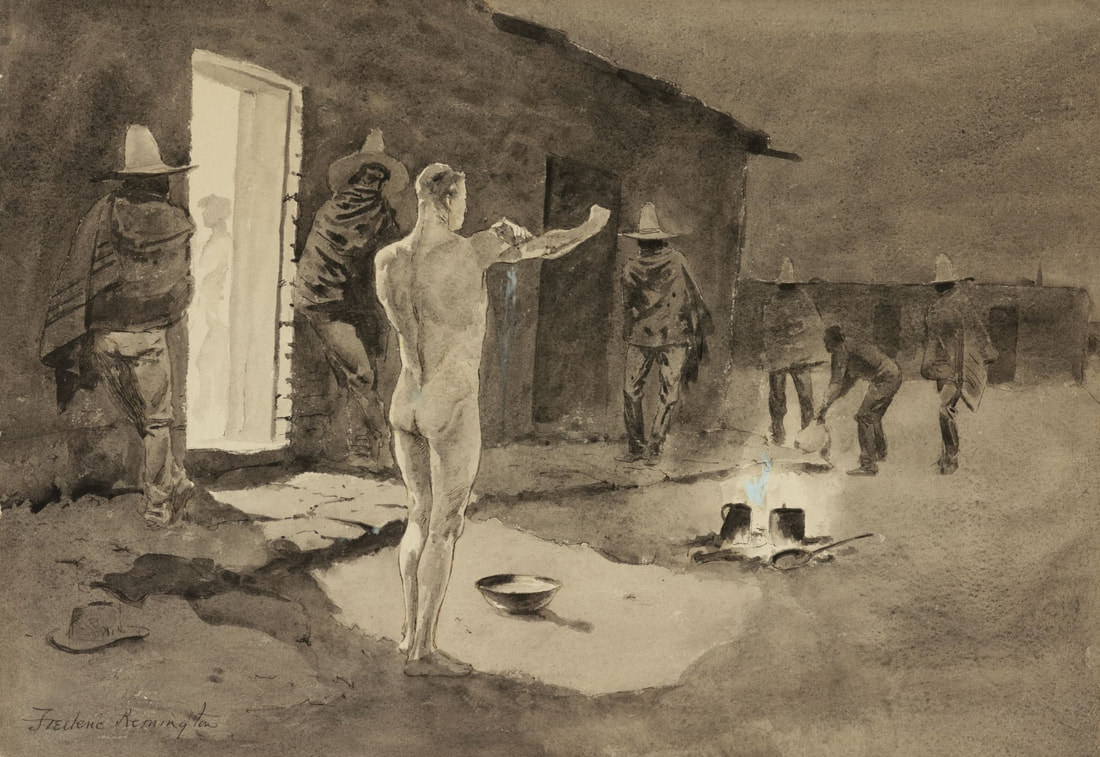
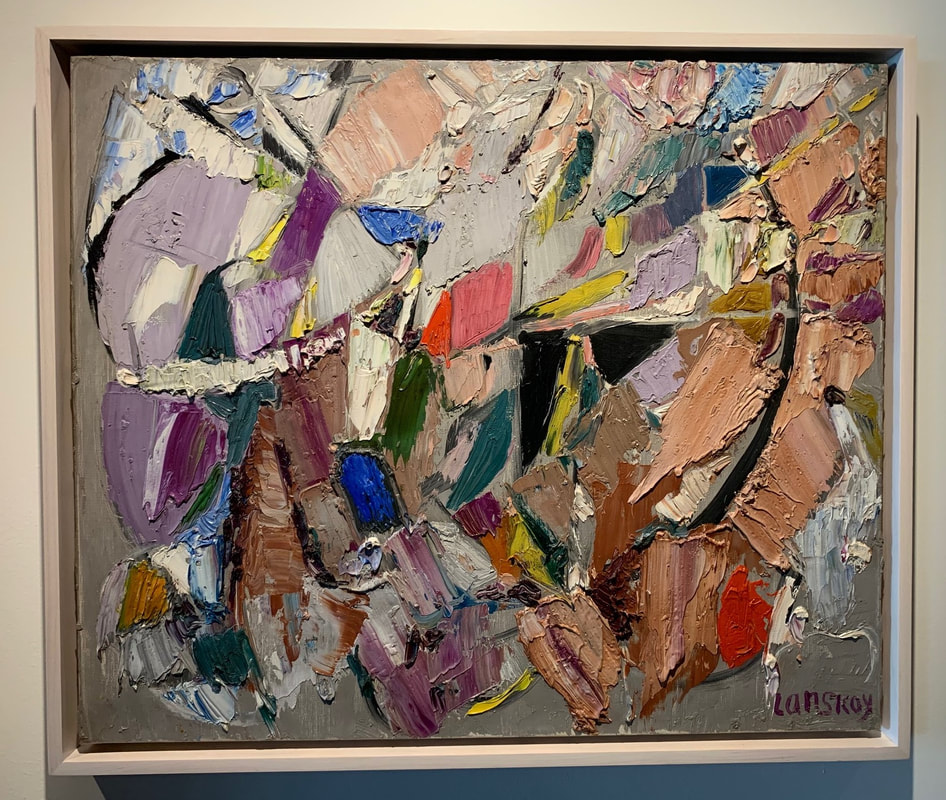
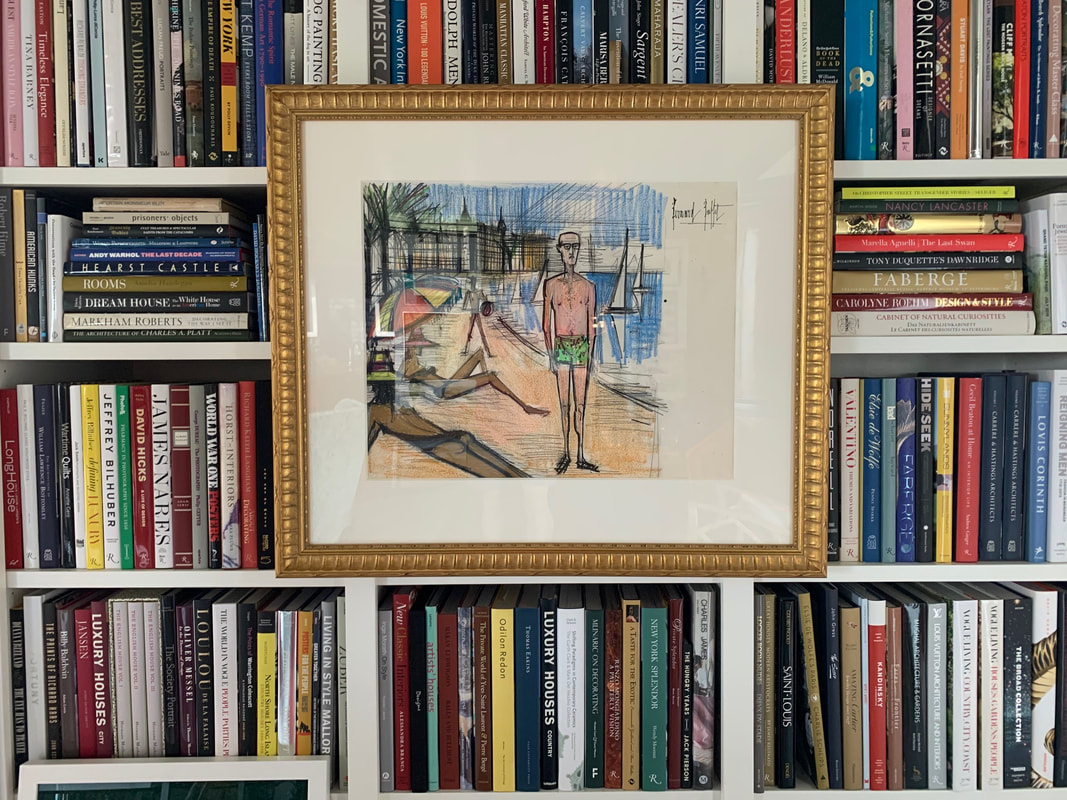
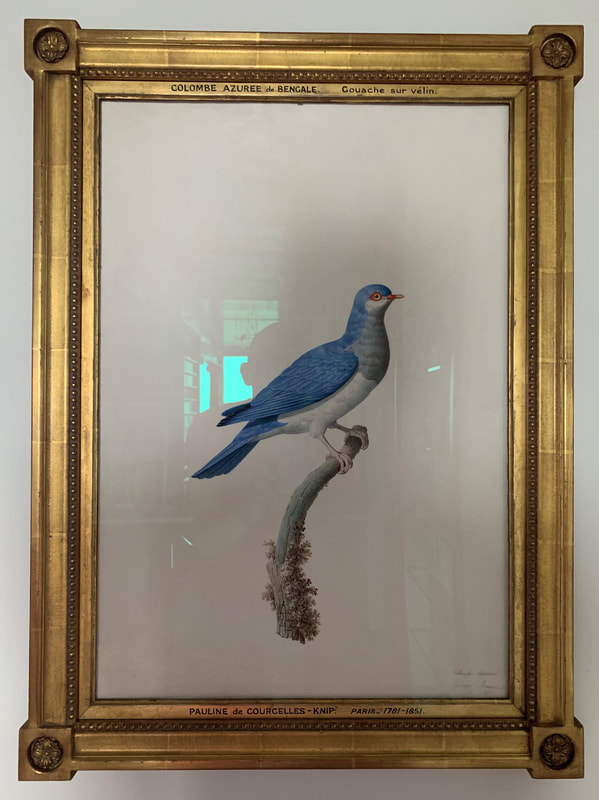
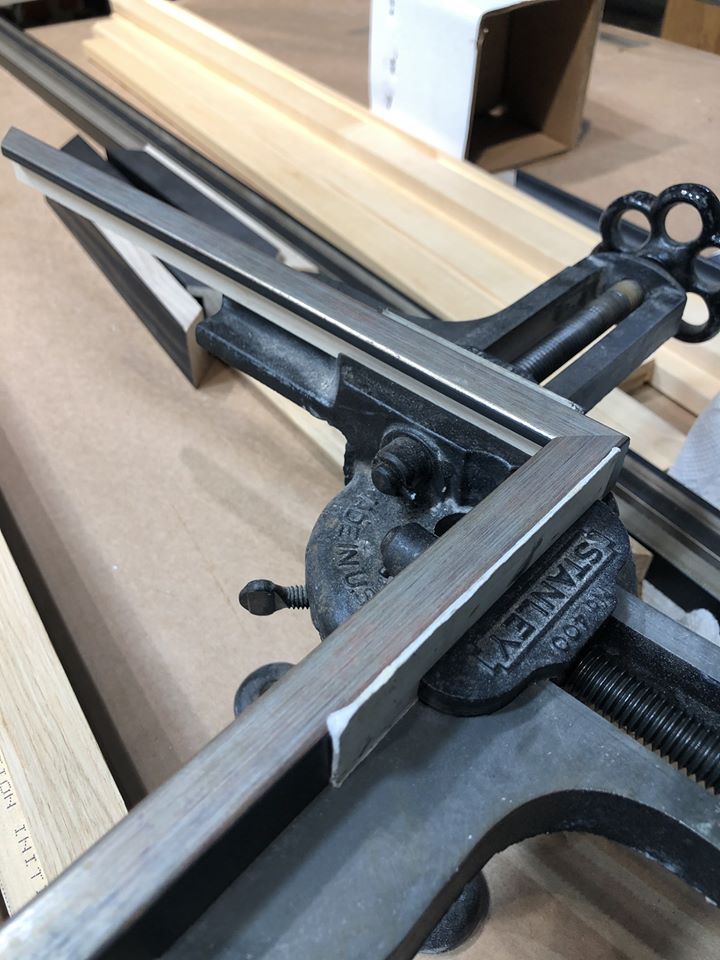
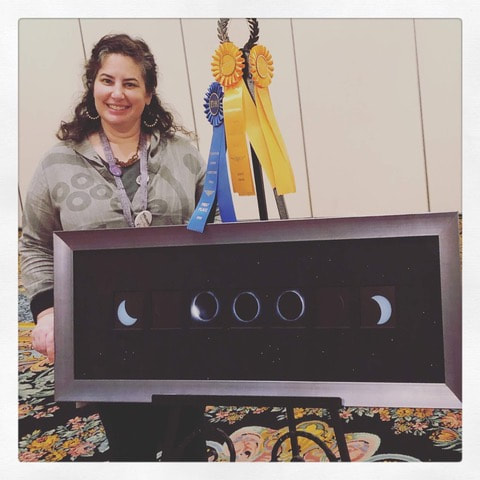
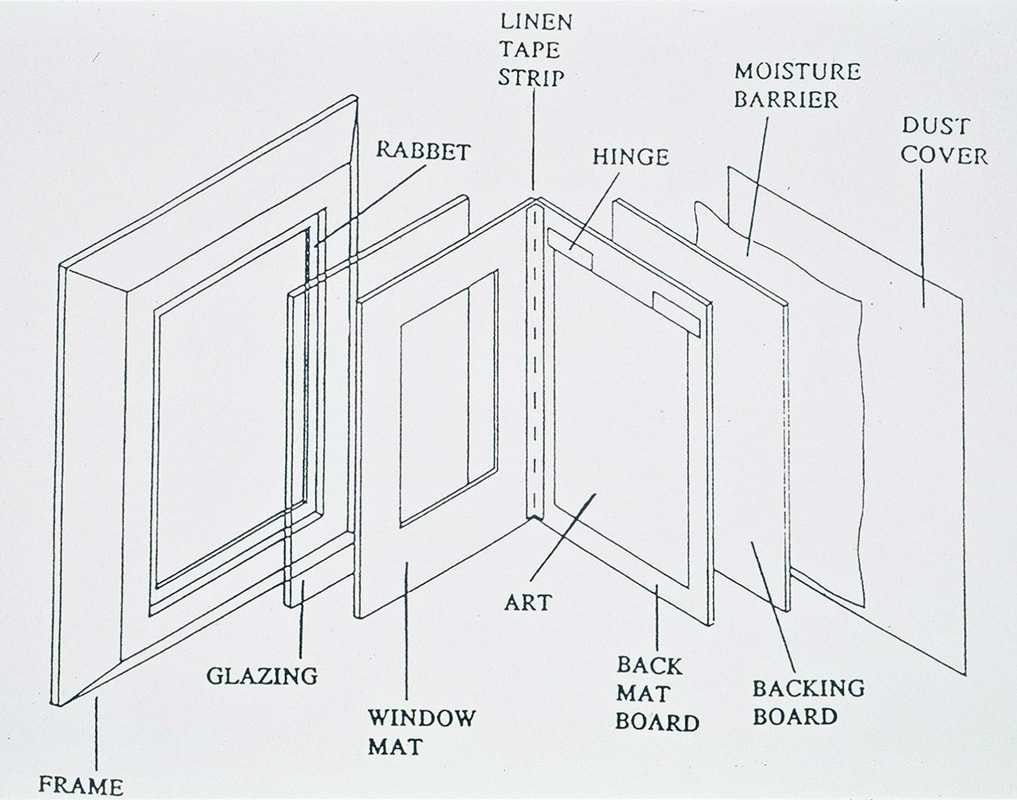
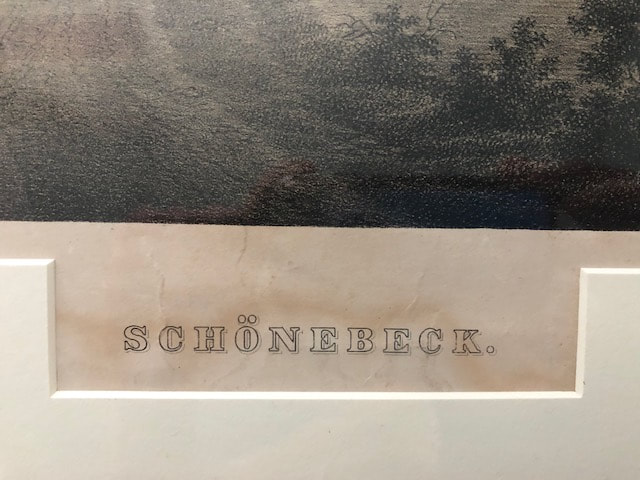

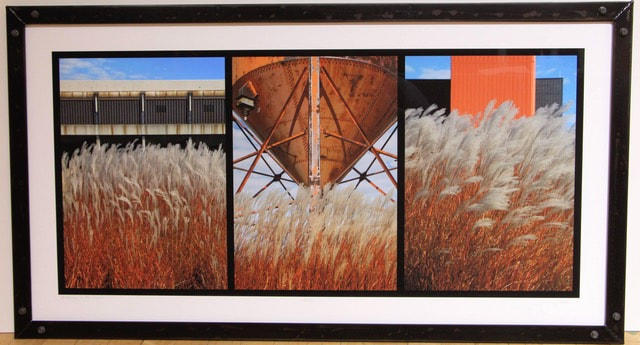

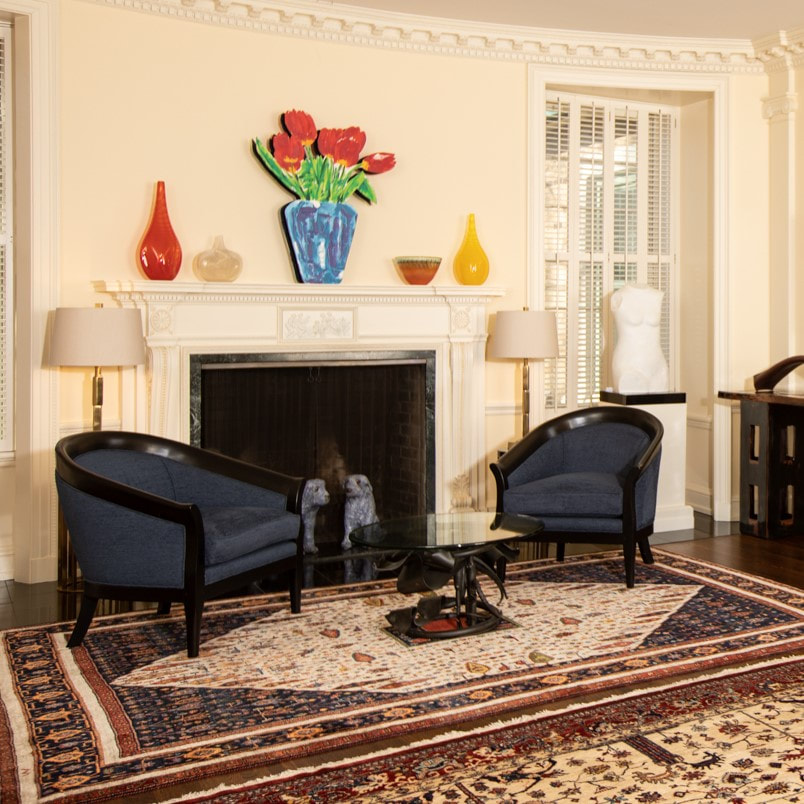
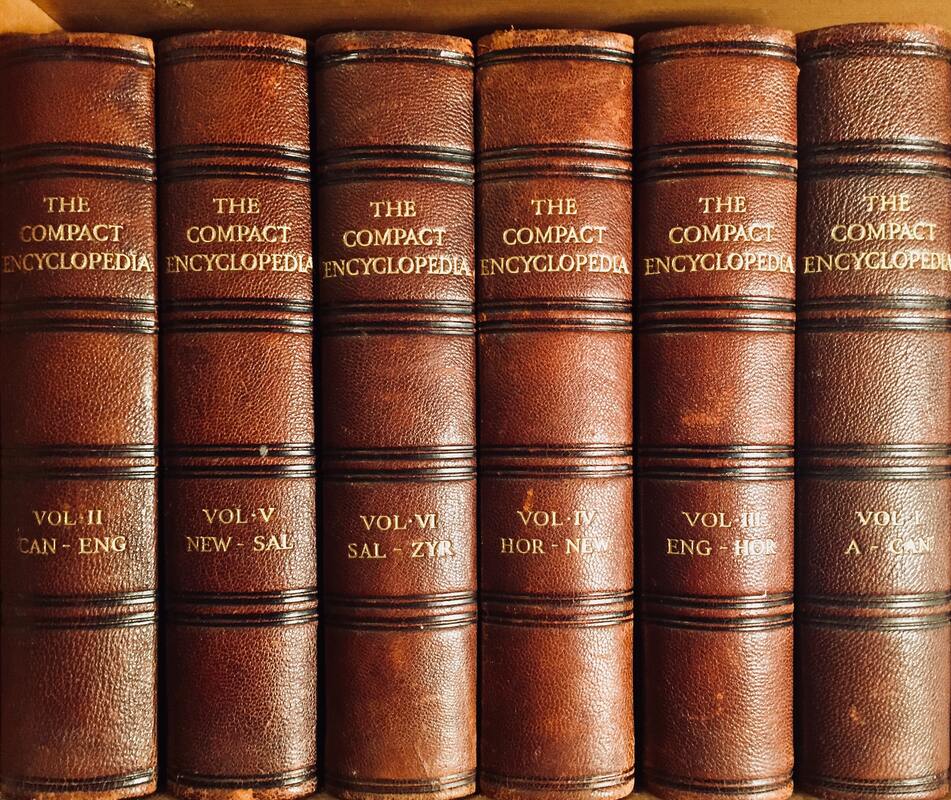
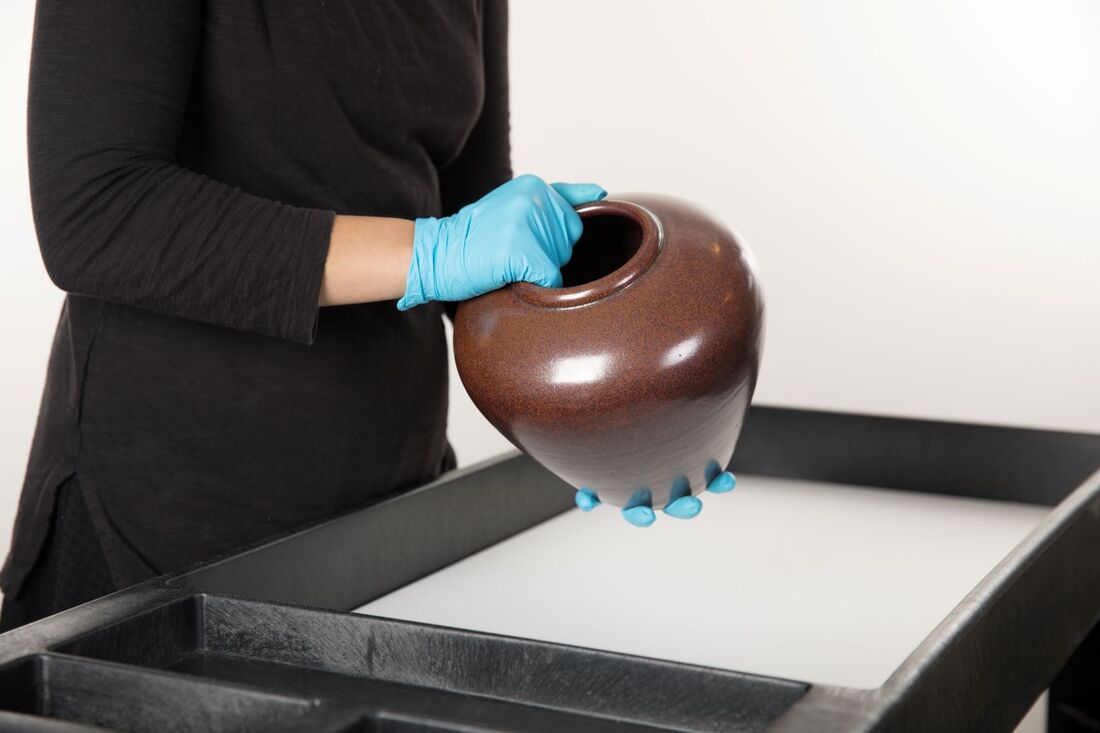
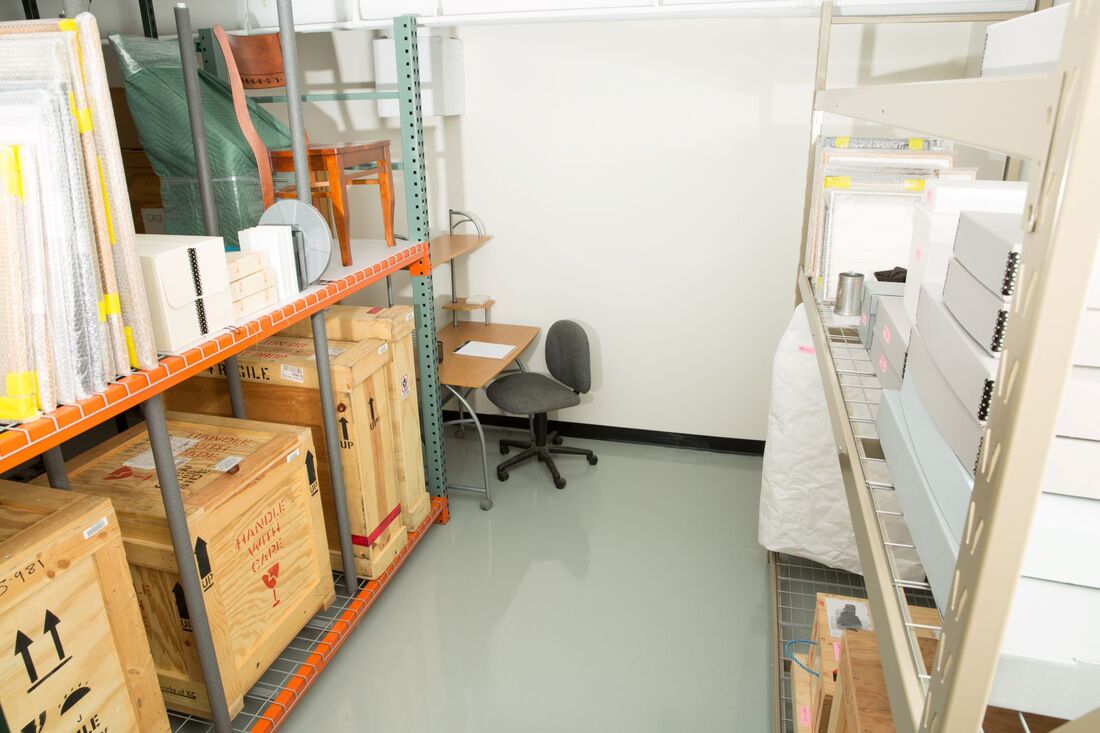
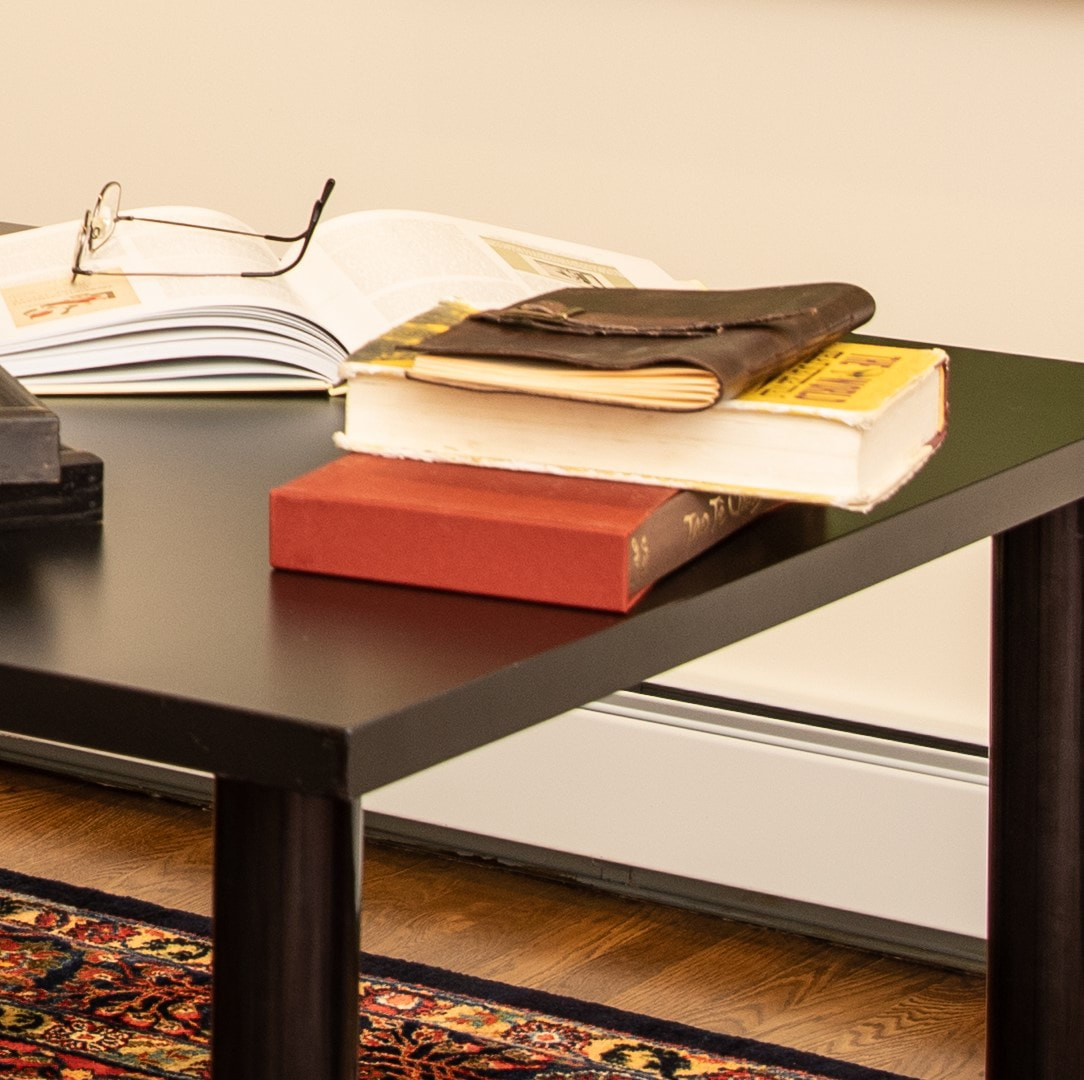
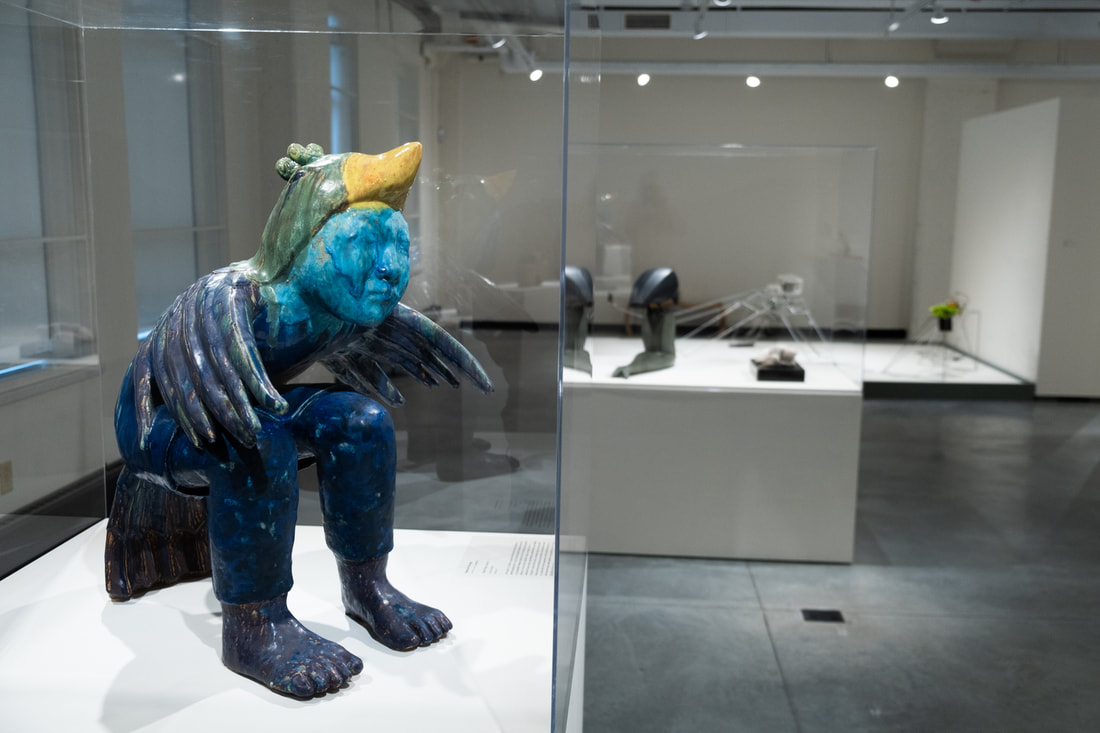
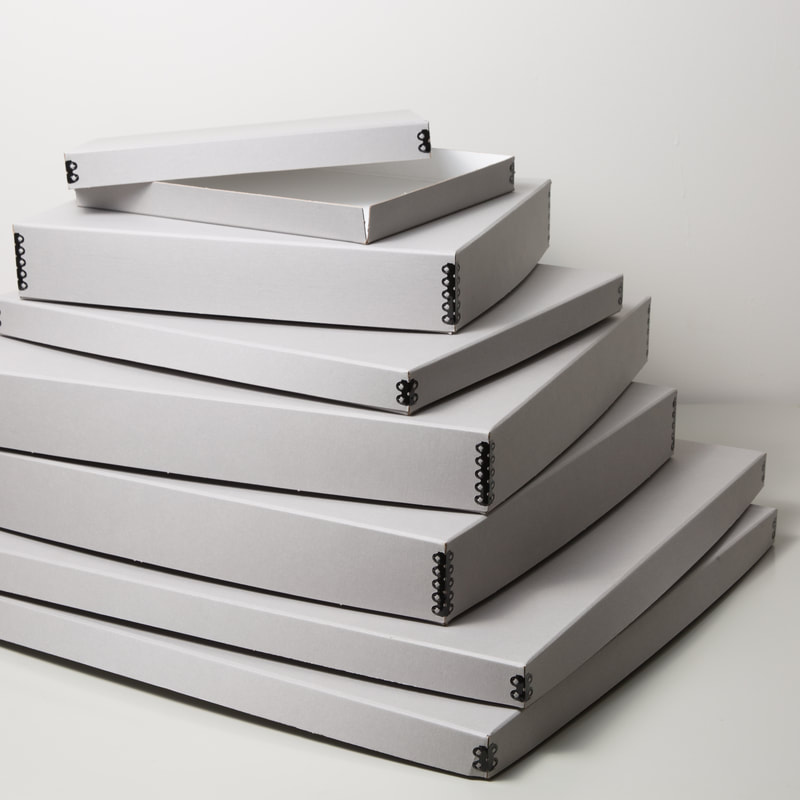
 RSS Feed
RSS Feed





